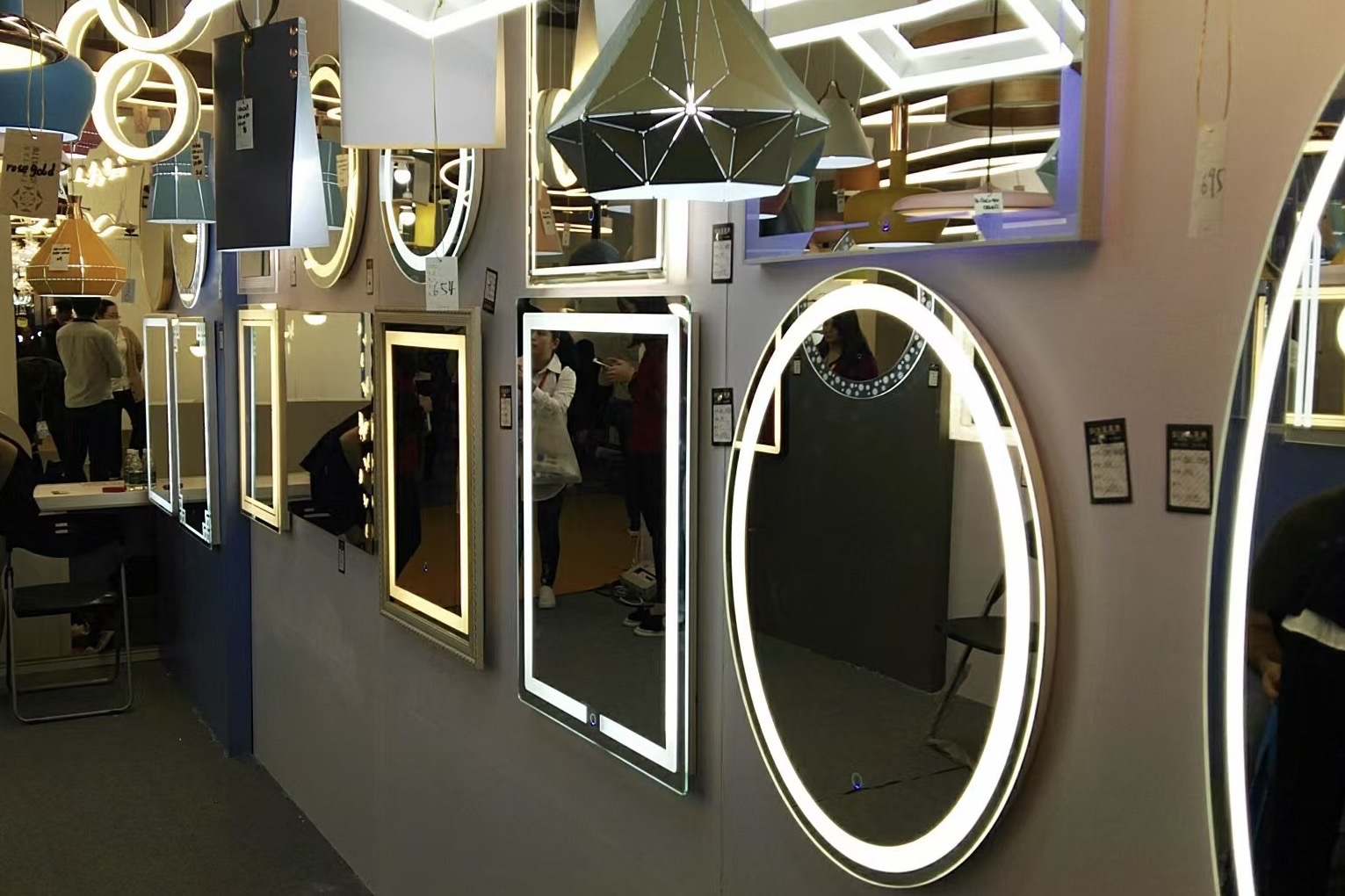 In 2018, then-President Trump announced a 10 to 25% tariff on many products from China, ranging from lighting fixtures to shoes.
In 2018, then-President Trump announced a 10 to 25% tariff on many products from China, ranging from lighting fixtures to shoes.
Today, tariffs have become a focal point of his election campaign. Earlier this year, when asked on Fox’s “Sunday Morning Futures” about his plan for a 60% tariff on Chinese products, Trump responded, “I would say maybe it’s going to be more than that.”
But economists say that if Trump wins the Nov. 5 election and makes good on that promise, it could spell catastrophe for American consumers.
“A 60 percent tariff would be really bad for the US economically. It will be bad for China economically,” said Markus Jaeger, a Columbia professor who studies U.S., Chinese, and European economic statecraft.
According to a new analysis by the Tax Policy Center, Trump’s tariff proposal would reduce the average after-tax income of American households by approximately $1,800 in 2025. Another study by the National Bureau of Economic Research indicated that, since the onset of the trade war in 2018, consumers and businesses purchasing imported goods have incurred a $51 billion loss. Even after accounting for tariff revenues and gains to domestic producers, the actual net loss in total income stands at $7.2 billion.
“If Trump puts a tariff on all products coming in from abroad, it would be a tax for consumers and would increase prices, which would lead to more inflation,” said Waseem Noor, who teaches international trade at Columbia University.
The Biden-Harris administration has criticized Trump’s tariff policies but announced new tariffs on Chinese products this September. Unlike Trump’s large-scale tariff policy, the Biden-Harris administration targeted specific industries including clothing and solar panels and imposed a 100% tariff on Chinese electric vehicles.
When a government imposes tariffs on goods from other countries, it increases the cost for domestic importers—and consumers—of those products. The LED lighting industry—one of the sectors affected by the trade war in 2018—is one of the industries subject to additional tariffs.
According to an analysis compiled in February by the China Association of Lighting Industry and the China Business Industry Research Institute, China has become the world’s leading producer of portable lighting products, holding over 60% of the supply market share.
“Even with additional tariffs, it would be challenging for the U.S. market to find alternative high-end LED lighting products from other regions in the short term,” Tenly Liang, Sales Engineer for the China-based Xmart Lighting company said. “These tariffs end up increasing costs for American consumers.”
If Trump were to make good on his claims, “China will be in a difficult and vulnerable position,” said Jaeger. “If in addition to lower domestic demand it also faces heightened tariffs from particularly the US, it’s going to be even worse for China’s economic growth.”
Although exports remain strong, China’s manufacturing sector is facing a sluggish domestic market.
“As producers, we are actually afraid that the U.S. will impose many trade barriers on us,” said Hao Xu, who owns a LED lighting company based in Zhongshan, China. “We are concerned about the elections, especially the economic policies promised by the candidates during their campaigns.”
According to the United States International Trade Commission’s Harmonized Tariff Schedule, the general tariff rate for LED products in the U.S. ranges from 3% to 12%, depending on the type of LED light. But the $200 Billion Trade Action, effective in 2018, imposes an additional 25% tariff on Chinese products, including most LED products. This means that LED products manufactured in China face approximately a 30% tariff when exported to the U.S.
To get around high tariffs, Chinese companies like Xmart have started to open factories outside of China to avoid the additional 25% tariff imposed on Chinese products. “For our company, having previously set up factories in Vietnam (it’s) an opportunity. But for smaller companies, it’s a significant blow,” Liang said. High tariffs mean lower demand; in contrast, the relatively lower tariffs on these companies in the past have made them popular among many American businesses.
In September, Trump said that he would prevent U.S. companies from relocating jobs overseas and would use large tariffs to take jobs and factories from other countries. “Made in the USA” has become a tag in his campaign.
The International Emergency Economic Powers Act (IEEPA) grants the president the authority to impose sanctions in response to national emergencies. According to a report from the Brennan Center for Justice, the Trump administration declared 11 national emergencies using this act. Trump also threatened to use the IEEPA to prevent U.S. companies from doing business in China, though he did not do so. The report warns that such threats highlight potential abuses of the IEEPA, noting the lack of substantial checks on presidential use of these powers.
Besides, such tariffs “only (work) if you’re protecting an industry where the U.S. has productive capacity,” said Jaeger. “The problem is that the consumers will lose more money than the American producer makes.”
(Photo courtesy of Hao Xu)
About the author(s)

Ailing Li
Born in China, Ailing Li is now a graduate student at Columbia Journalism School, specializing in cultural and social justice reporting.



